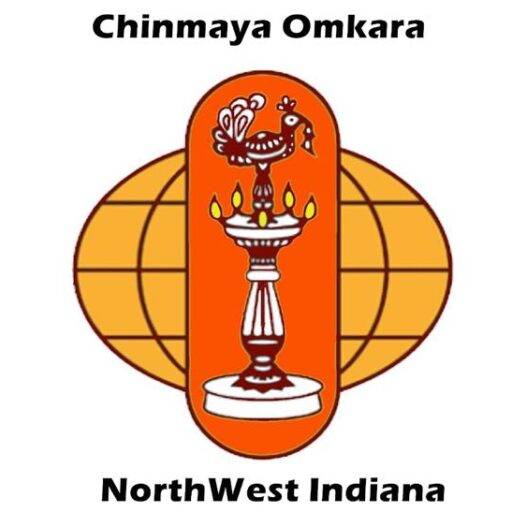Glories of Mata Sita Summary of last session (April 3) by Shri Mohan Khadekar Shri Vijayji started the session by explaining Shloka 5 from Pratham Sopan. This describes the Glories of Seeta. She is the cause of Creation, Sustenance, Destruction and removal of the sorrows (Attachments and Ignorance). Seeta is Prakri (प्रकृती)/ Samshti karan (समष्टी कारण). This was further explained with Shlokas from Vishnu Purana and Yoga Sutra. 1) उत्पत्तिं प्रलयं चैव भूतानामागतिं गतिम् | वेत्तिं विद्यामविद्यां च स वाच्यो भगवानिति || 1 He who understands the creation and dissolution, the appearance and disappearance of beings, the wisdom and ignorance, should be called Bhagavān. — Vishnu Purana, 2 “ऐश्वर्यस्य समग्रस्य धर्मस्य यशसरिश्रयः। ज्ञानवैराग्ययोश्चैव षण्णां भग इतीरणा ।। Complete splendor, virtue, glory, opulence, knowledge, dispassion – these six are known as bhaga. 3.अविद्यास्मितारागद्वेषाभिनिवेशाः पञ्च क्लेशाः॥३॥Avidyāsmitārāgadveṣābhiniveśāḥ pañca kleśāḥ[1] Translated into English, these five (pañca) Kleśa-s or Afflictions (kleśāḥ) are:[1] Ignorance (in the form of a misapprehension about reality) (ávidyā), egoism (in the form of an erroneous identification of the Self with the intellect) (asmitā), attachment (rāga), aversion (dveṣa), and fear of death (which is derived from clinging ignorantly to life) (abhiniveśāḥ) 17:5 Sant Tusidasji is offering pranam with his actions, speech and mind to Shri Ram . Vijayji’s comments R: Kamalnayan (कमलनयन) and Dhanushya Baan (धनुष्य बाण). Eyes consist of three colours, white (सात्विक), Red (राजसिक) and black (तामसिक). Bhagwan can “win” ALL of them. The Bow is bent and the Arrow is straight. Bhagwan can be either. 18: What is Vanni (वाणी) and Arth (अर्थ)? The speech (वाणी) follows the meaning (अर्थ). Just like the ocean and it’s waves are the same, there is no difference between Shri Ram and Sita. 18:1 Here Santji compares Shri Ram’s name to the Fire, the Sun and The Moon. (Shri Vijayji’s comments: As per Shankaranand Fire is indicative of detachment (वैराग्य), which must be born out of dispassion (विवेक), the Sun indicates the Knowledge and the Moon represents Devotion (भक्ती). In the next few lines Tulsidas ji explores the deep meaning of the word राम and its impact on Aadi Kavi (आदिकवी) Valmiki. 18:3/4 Expresses the affection of Shiv- Parvati towards Ram and how passionate they are reciting Ramnaam (रामनाम)! Doha: The name Ram is compared to the months of Savan Bhado (सावन-भादो) and devotion to the rain. Seeds sown during this time will yield healthy crops (साली).Now the Ramnaam Mahima ( रामनाम महिमा) begins!Jai Shri Ram.

